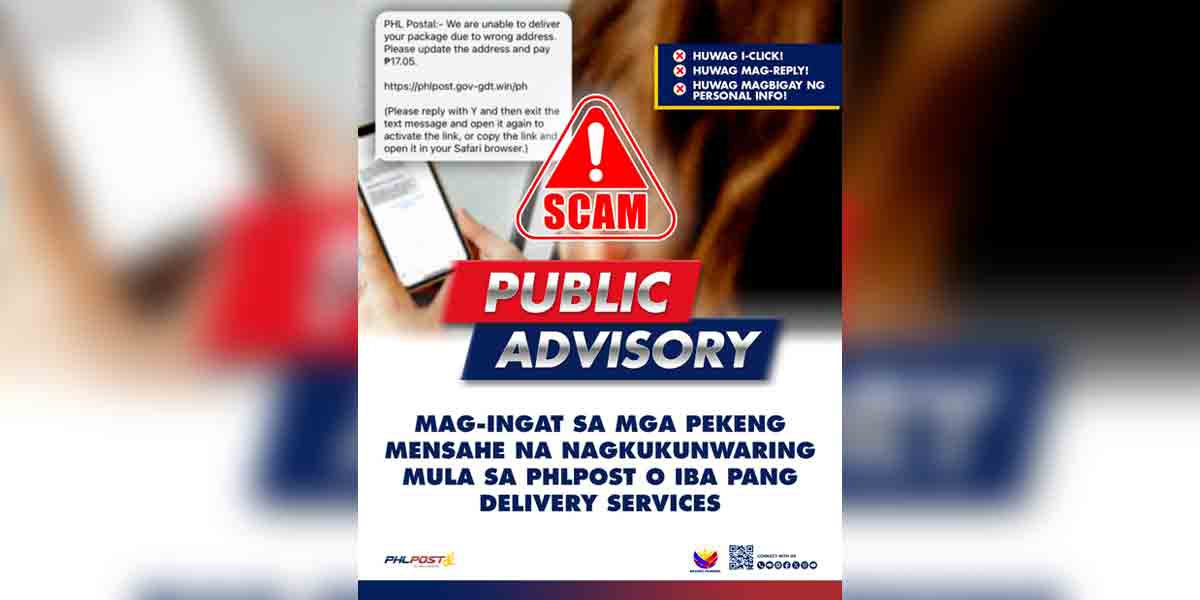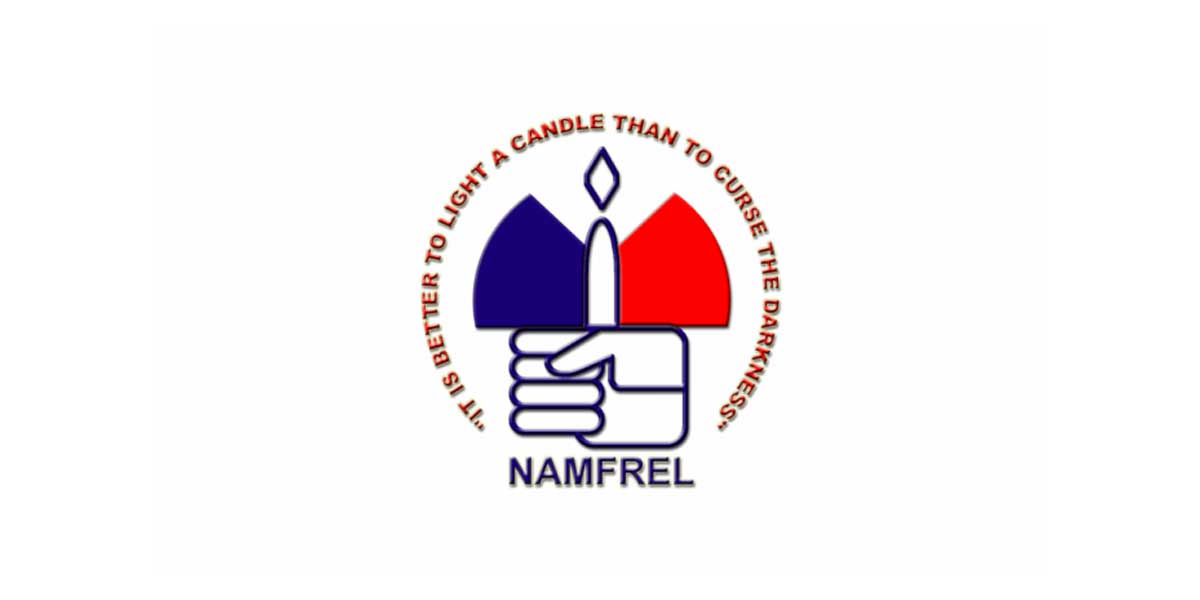By Herman M. Lagon
WE HAVE etched an unenviable consistency in global educational rankings. The latest PISA 2022 data affirms this, firmly anchoring us at the lower tiers in reading, mathematics, and science. This chronic underperformance is more than a statistical blip; it reveals a profound and systemic malaise in the Philippine educational landscape. This persistently inferior ranking, often perceived with a touch of sarcasm, highlights a deeper, systemic crisis in Philippine education.
Everything paints a bleak picture: We ranked 77th out of 81 countries, with scores barely budging from those of 2018. We scored 355 points in mathematics, reading slightly increased to 347 points, and science at 356 points. These figures are not just numbers but indicators of a profound disconnect between our educational goals and the outcomes. While there is a scratch of improvement in reading and mathematics, it is akin to a drop in the ocean, insufficient to catalyze the sweeping changes needed.
A closer examination reveals that only 16% of Filipino students achieved a proficiency level of at least Level 2 in mathematics—a stark contrast to the Organisation for Economic Cooperation and Development (OECD) average of 69%. The situation in reading and science is similarly dire. These are not mere statistics; they represent the unfulfilled potential of Filipino youth, constrained by an educational system struggling to keep pace with global standards.
The issue’s core lies in implementing educational policies and the support extended to both public and private schools. The current administration, led by non-education-specialist Vice President Sara Duterte, faces the colossal task of not only maintaining but elevating education standards. The National Learning Recovery Program (NLRP), designed to address the learning gaps among students that were heightened by school closures and disruption due to the COVID-19 pandemic under the K-12 banner, is a step in the right direction, yet the allocation of resources and the effectiveness of such initiatives remain under scrutiny.
This situation calls for a comprehensive approach, including leadership and curriculum review (if not overhaul), substantial investment in comprehensive and holistic faculty development, and integration of educational technology given the disruptive challenges brought about by AI, machine-deep learning, blockchain technology, the internet of things, cybersecurity, and advanced robotics, among others.
The PISA and TIMSS outcomes starkly highlight the critical need for a fundamental overhaul in our educational approach. These assessments are not merely academic gauges but sirens calling for urgent, profound change. We must confront the formidable ‘elephants in the room’—the deep-seated issues that stifle our educational progress. Among these pressing concerns are the abused or misused ‘No Child Left Behind’ policy, marked resource disparities, and the chronic problems of overcrowded classrooms and teacher shortages.
Further, our curriculum and teaching methodologies cry out for modernization, moving away from archaic practices to embrace innovative, inclusive strategies. The system is also beleaguered by an uneven teacher recruitment process, often mired in favoritism, and an inadequate training and professional development framework that fails to equip educators for contemporary challenges. The digital divide and language barriers exacerbate educational inequities, while the quality assurance, research, and supervision processes still need to improve, demanding more rigorous and dynamic approaches.
Moreover, the system’s neglect of comprehensive career guidance, wellness interventions, and the pervasive issue of brain drain among educators further compromise the quality of education. Addressing the needs of students with special requirements and respecting indigenous education are also areas where significant improvements are overdue. These and many more are not just issues to be acknowledged but battles to be actively engaged with a sense of urgency, requiring a strategic, concerted effort from all stakeholders in the educational sector.
Looking globally, Singapore and Finland offer insights into successful educational models. Finland, particularly emphasizing equality, teacher autonomy, and student well-being, provides valuable lessons. The Philippines, an archipelago with diverse educational needs, can learn from Finland’s approach to providing high-quality education regardless of geographic and socio-economic barriers.
Nonetheless, the responsibility for educational transformation does not rely solely on the government. It calls for a collaborative effort involving educators, parents, policymakers, and the private sector. Public-private partnerships (PPP) initiatives can be crucial in bridging gaps, particularly in technology integration, resource allocation, and industry immersion. Private schools should unite to demand for more encouragement and assistance to flourish instead of facing undue restrictions, unwarranted impositions, or illegitimate encroachments on their pedagogical autonomy. The parents, the experts, and the community that the schools serve must also step up and give their valuable support to the learning process as legitimate shareholders of the educational system.
At this critical point, we must remember that education is not just about academic performance but about preparing young minds to navigate a complex, rapidly changing world. Our education system must instill critical thinking, creativity, adaptability, cultural sensitivity, discernment, and grit–valuable skills, regimen, and mindset essential for the 21st century.
Indeed, PISA 2022 results are a sobering reminder of the long road ahead for Philippine education. This consistent underperformance is not just a challenge but an opportunity to rethink, reform, reinvent, and rejuvenate our education system. It is a call to action for all stakeholders to come together with great urgency, face the crisis head-on, and consistently lift the country from the depths of learning inferiority to the heights of excellence.
***
Doc H fondly describes himself as a ‘student of and for life’ who, like many others, aspires to a life-giving and why-driven world that is grounded in social justice and the pursuit of happiness. His views herewith do not necessarily reflect those of the institutions he is employed or connected with.






















